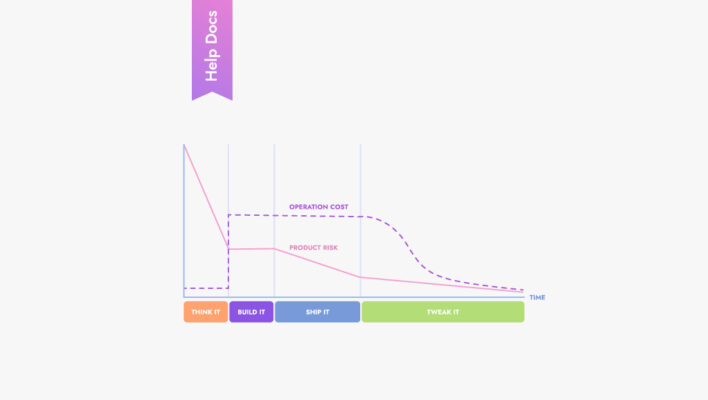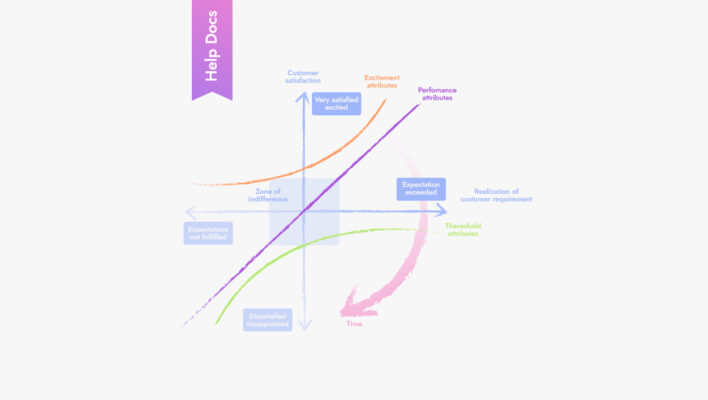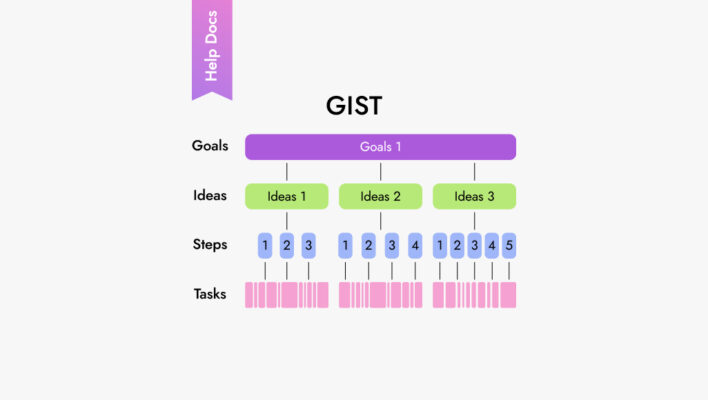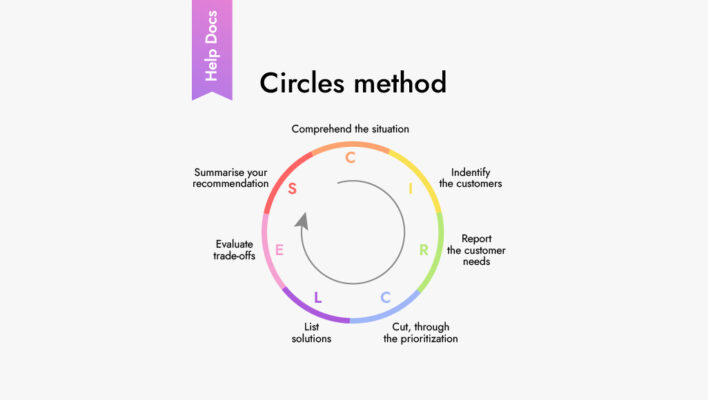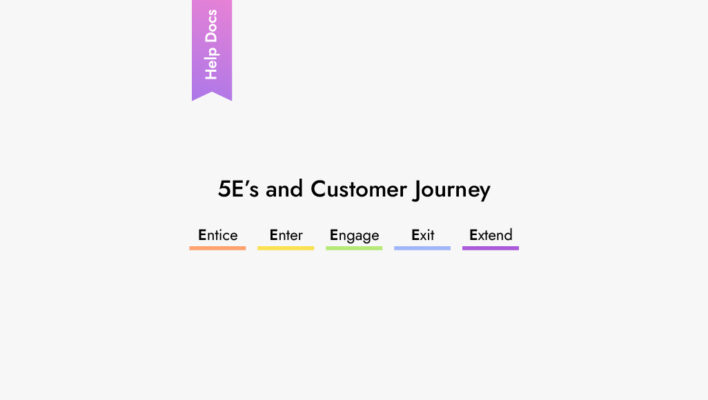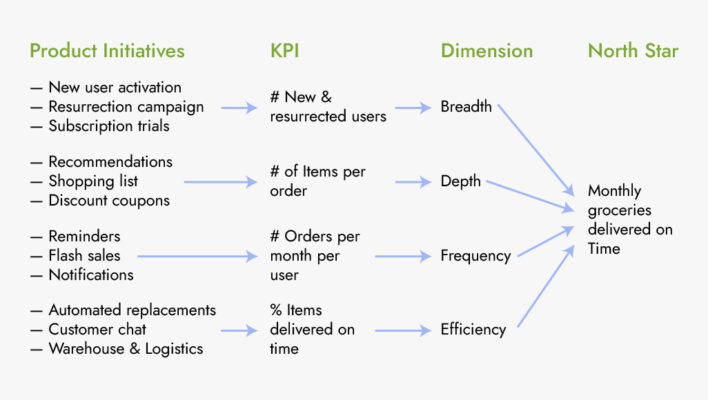How to systematize the situation and not be afraid of the unknown? Create a map based on the Issue trees
Issue trees is a problem-solving process that involves breaking down complex problems into smaller, manageable components in order to identify the root causes and develop practical solutions.
Issue trees, also known as problem trees or logic trees, is a powerful tool that originates in the consulting world and has become widely used in various problem-solving domains.
The beauty of issue trees lies in their simplicity and effectiveness. They help individuals and teams break down complex problems into smaller, more manageable pieces, enabling a structured analysis of the underlying causes. By visually organizing information in a tree-like structure, issue trees provide a clear roadmap for identifying root causes, making informed decisions, and devising targeted solutions.
Whether you’re brainstorming ideas, conducting research, or coming up with a strategy for a project, solution trees are an invaluable tool for successful problem-solving .

How to use it
Using issue trees includes several steps of analyzing and solving problems effectively. Here’s a general guide on how to use issue trees:
1. Articulate the problem you’re trying to solve and establish a clear objective.
2. Determine the core problem that needs to be addressed. This will be the main trunk of your issue tree.
3. Identify the major branches of the issue tree by breaking the main problem into its key components or categories.
4. Take each branch and break it down into smaller sub-branches. Continue this process until you reach specific, actionable elements.
5. Collect relevant data, facts, and evidence to support each sub-branch. This information will help you analyze the causes and potential solutions.
6. Evaluate each sub-branch in order to identify the underlying causes or factors contributing to the problem. Prioritize the branches based on their impact and importance.
7. Continue to analyze the sub-branches for identifying the root causes of the problem. Keep asking “why” to uncover deeper causes.
8. Based on your analysis, brainstorm potential solutions for each root cause or branch of the issue tree.
9. Assess the feasibility and effectiveness of each solution. Refine and prioritize them based on their potential impact.
10. Develop an action plan based on the best solutions found. Implement the plan and monitor the progress.
Remember, issue trees are flexible tools, and the specific steps may vary depending on the problem and context. Adapt the process to suit your needs and engage others in collaborative problem-solving processes to have diverse perspectives.
Example
Here’s a real-life example of how issue trees can be used:
Let’s say a manufacturing company is experiencing a decline in product quality and wants to identify the root causes to improve their processes. They decide to use an issue tree to break down the problem and find solutions.
- Define the problem: The main problem is declining product quality.
- Identify the main issue: The main trunk of the issue tree is “Product Quality Issues.”
- Break it down: The major branches may include “Production Process,” “Materials,” and “Quality Control.”
- Subdivide further: Under “Production Process,” sub-branches could include “Equipment,” “Standard Operating Procedures,” and “Employee Training.”

- Gather information: Collecting data on equipment maintenance records, reviewing standard operating procedures, and assessing employee training programs.
- Analyze and prioritize: Identifying that outdated equipment, lack of standardized procedures, and insufficient training are the major factors contributing to the decline in product quality.
- Identify root causes: Further analysis reveals that the outdated equipment leads to inconsistent product specifications, inadequate procedures result in errors and variations, and insufficient training leads to improper handling of materials.
- Generate solutions: Brainstorming solutions for each root cause – it could be investing in new equipment, updating standard operating procedures, and providing comprehensive training programs.
- Evaluate and refine: Assessing the feasibility and potential impact of each solution. Deciding to prioritize investing in new equipment and enhancing training programs.
- Take action: The company develops an action plan to purchase new equipment and implements an improved training program. Monitoring product quality closely during and after the changes, making adjustments as necessary.
By using the issue tree, the manufacturing company was able to identify the root causes of declining product quality and develop targeted solutions. This approach helped them improve their processes, enhance product quality, and increase customer satisfaction.
Takeaway
You could use issue trees when encountering complex problems that require a structured analysis and solution development approach. This tool can help you by providing a clear framework of breaking down the problem into manageable components, identifying root causes, and generating targeted solutions. You become more adept at critical thinking, creative problem-solving, and effective decision-making by honing your problem-solving skills through tools like issue trees. In order to take your soft skills to the next level and unlock your full potential – try interactive book summaries by Storist!


